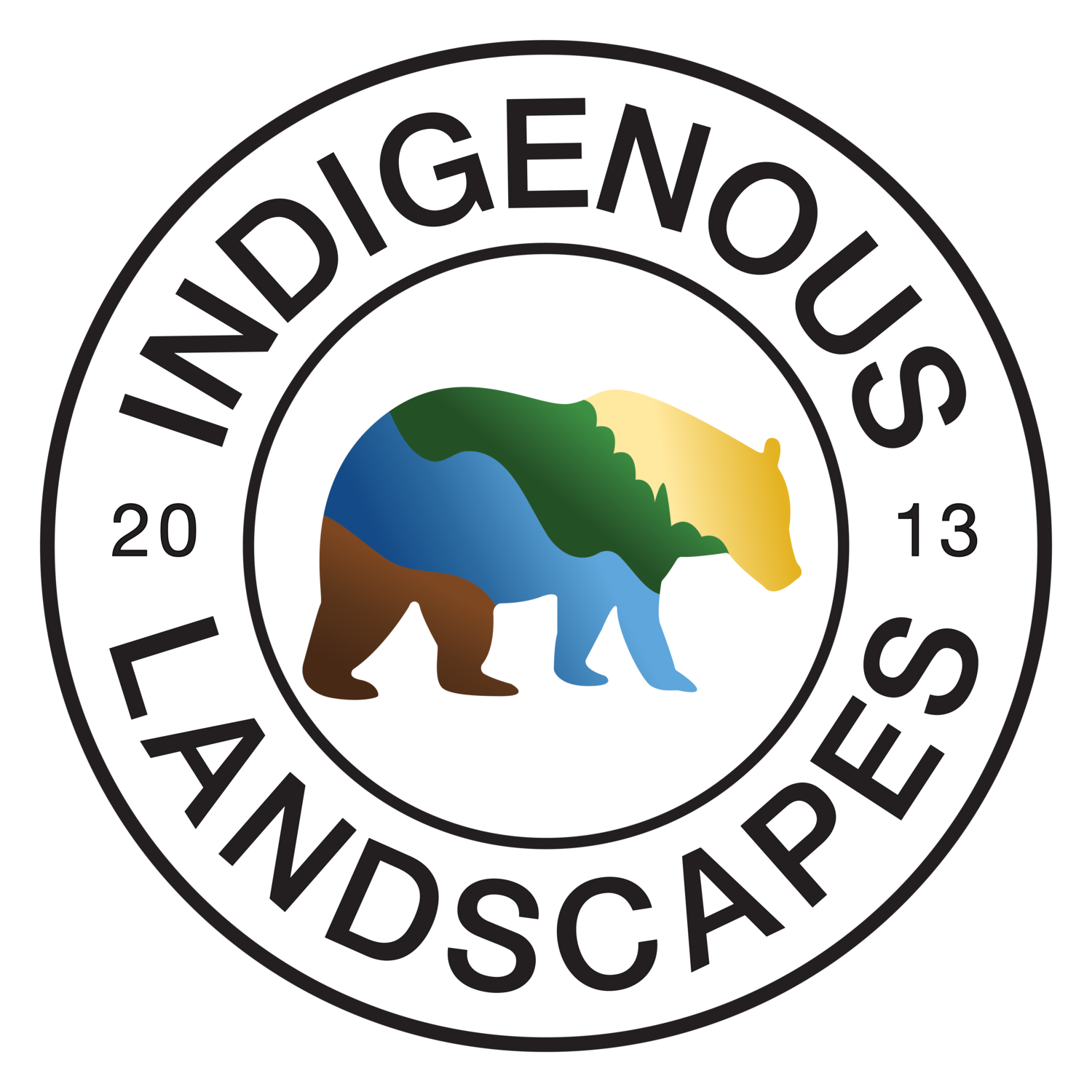American Elm thriving in seasonally flooded conditions. This water will drain within 1 week’s time after a spring flood.
The American Elm (Ulmus americana) is still alive and well, despite the ailments we've introduced into the ecosystem that reduce its population. The American Elm is the most versatile tree of the Eastern Half of the United States, occurring in nearly every forest type. Acidic or Alkaline, Wetland or Upland, Floodplain or Glacial Till Plain, Unglaciated or Glaciated - American Elm Occurs in all of these conditions. In general, if a native tree can grow there, then it is likely that the American Elm can grow there too. Where soil is especially droughty, thin, rocky, or sandy and dry - that is one of the only conditions where American Elm doesn't prosper.
American Elm's are often assumed to have all died, and while a large portion of the population did die, this tree species has persevered and regenerated. It is actually it's cousin, the Red Elm aka Slippery Elm that suffers more frequently from Dutch Elm's disease. Slippery Elms now rarely persist for over 70 years of age before succumbing to the disease.
Goldfinch eating American Elm seeds in the Spring time.
American Elm flowers in the late winter/early spring, then it quickly begins forming its seeds. The seeds are mature by mid spring, falling to the ground in mass after floating some distance from the parent trees; given a strong gust of wind. These seeds are one of the first major food sources for wildlife in the spring. Not only are the seeds edible to humans, but they're also edible to nearly all native mammals, and many native bird species. The emerging tender leaves of American Elm are also edible to humans and the inner bark is both edible and medicinal.
Propagation Tips: Collect the spring born seeds and sow immediately. No stratification needed.
Shade Tolerance: 3/5
American Elm (left) drops its leaves quicker than Oaks (right) in the fall.
Another mature American Elm.
American Elm in a city neighborhood.
This native Elm tree has two forms of bark expressions. A thickly furrowed inter-crossing bark pattern, and a second more level, flattened scaly bark expression. Mature Elm trees fall on a spectrum between these two expressions. Picture above is a young American Elm with thick corky bark.
Pictured above is a flatter scaly barked American Elm in the foreground of an acidic seasonally saturated forest.
Key for the Maps Above
Light Green = Reported to an herbarium for the county as native and wild occuring.
Teal = Reported to an herbarium for the county as present and introduced by man.
Yellow = Reported to an herbarium for the county as present but rare.
Green = Reported to an herbarium as present in the state.
Orange = Once reported to an herbarium as native but now considered extinct in that county.
When considering planting a native plant, always google search the scientific name aka latin name with the word “bonap” to look up its native range as reported by country records submitted to herbariums. If the plant is native within 100 miles of your location it will be more ecologically applicable than plants native further away. The further away a plant is native, often, the less ecologically applicable it becomes.








